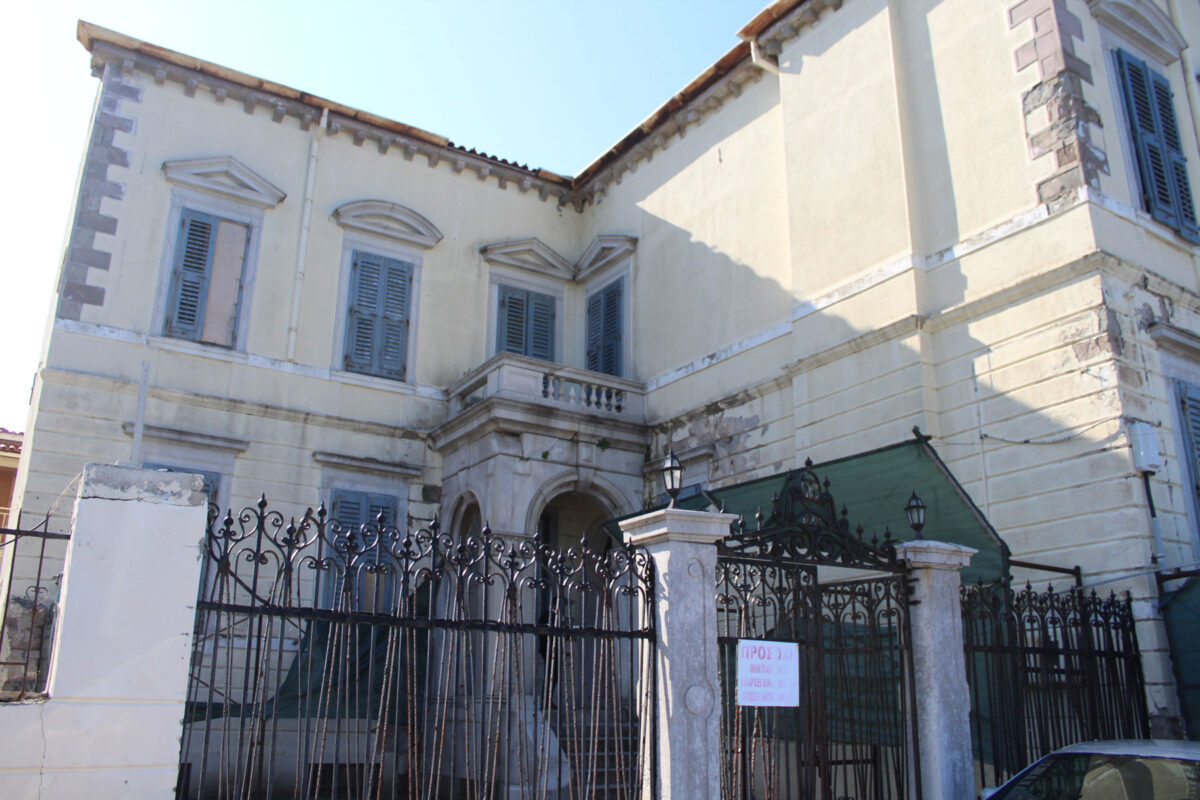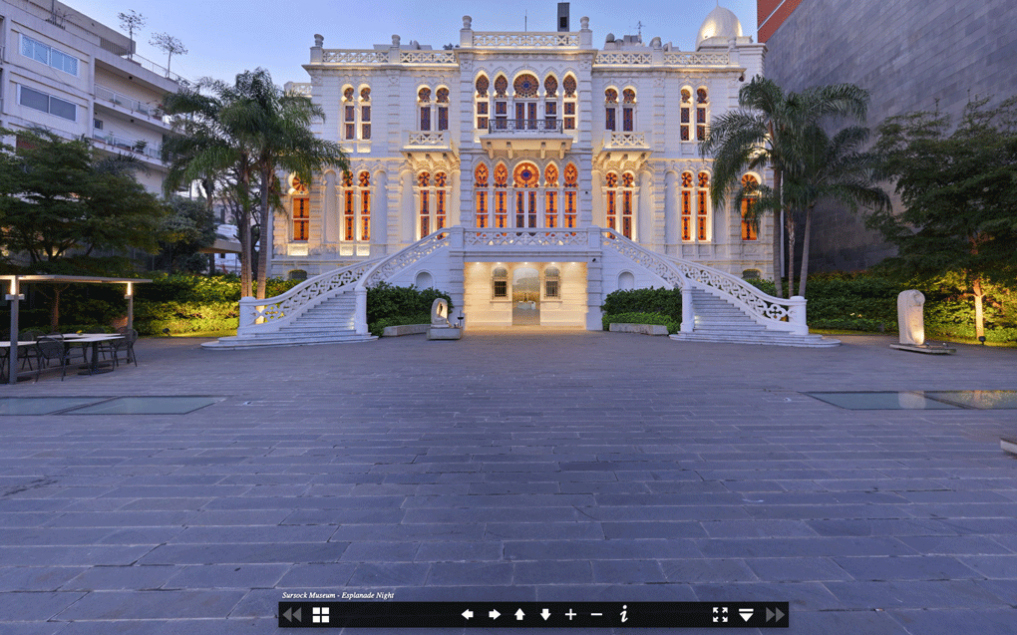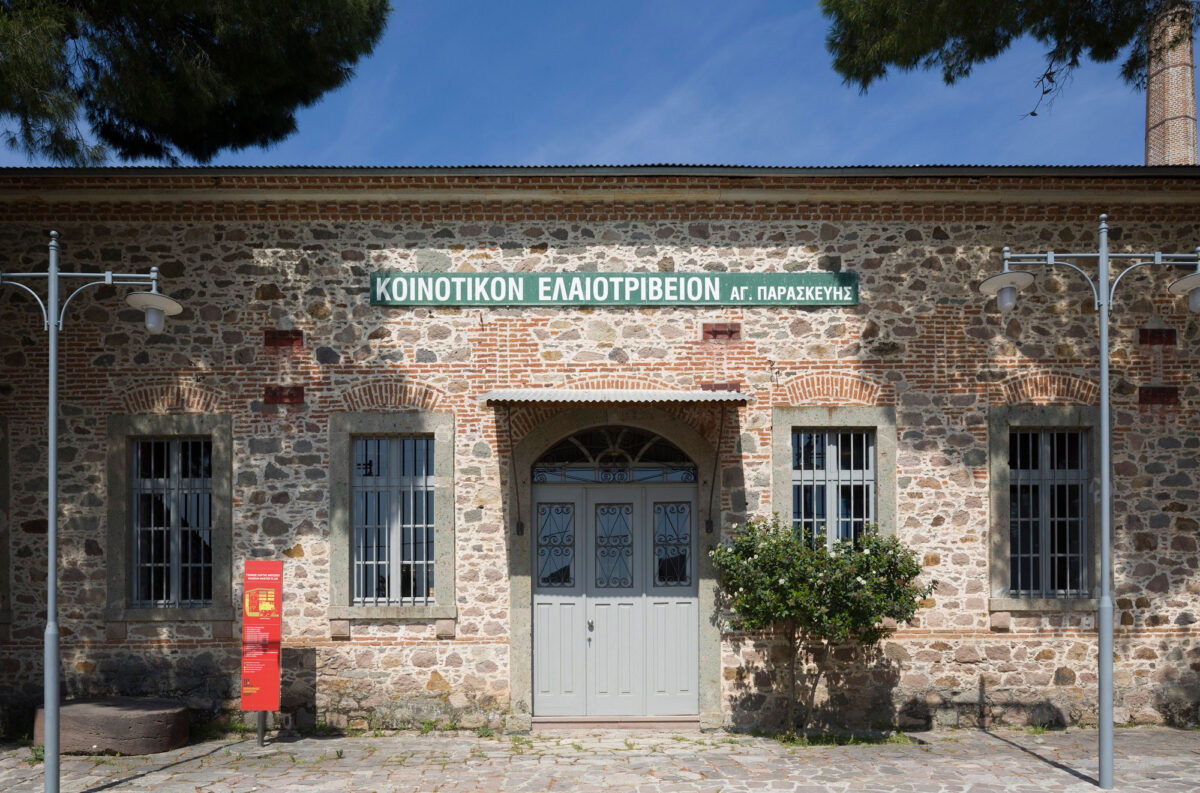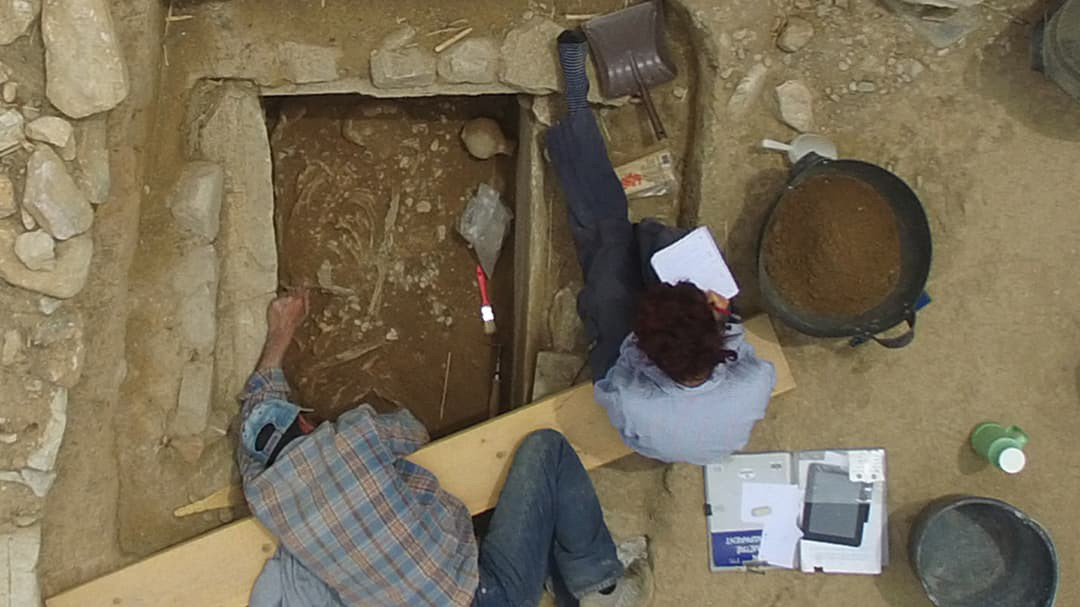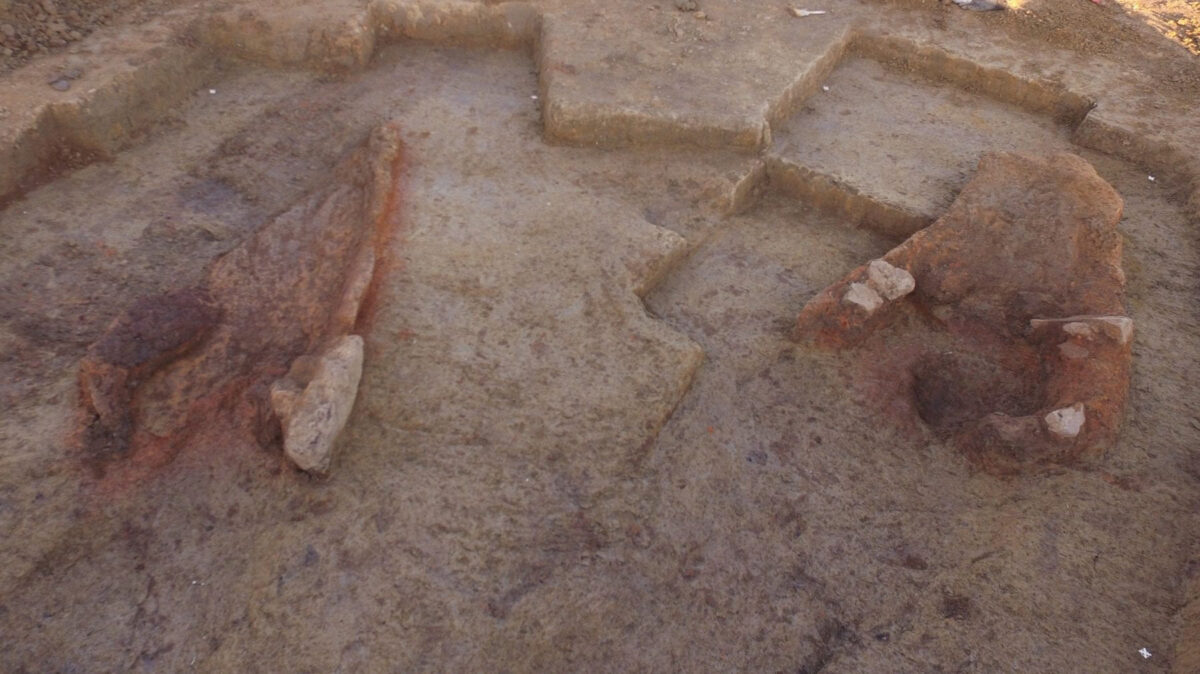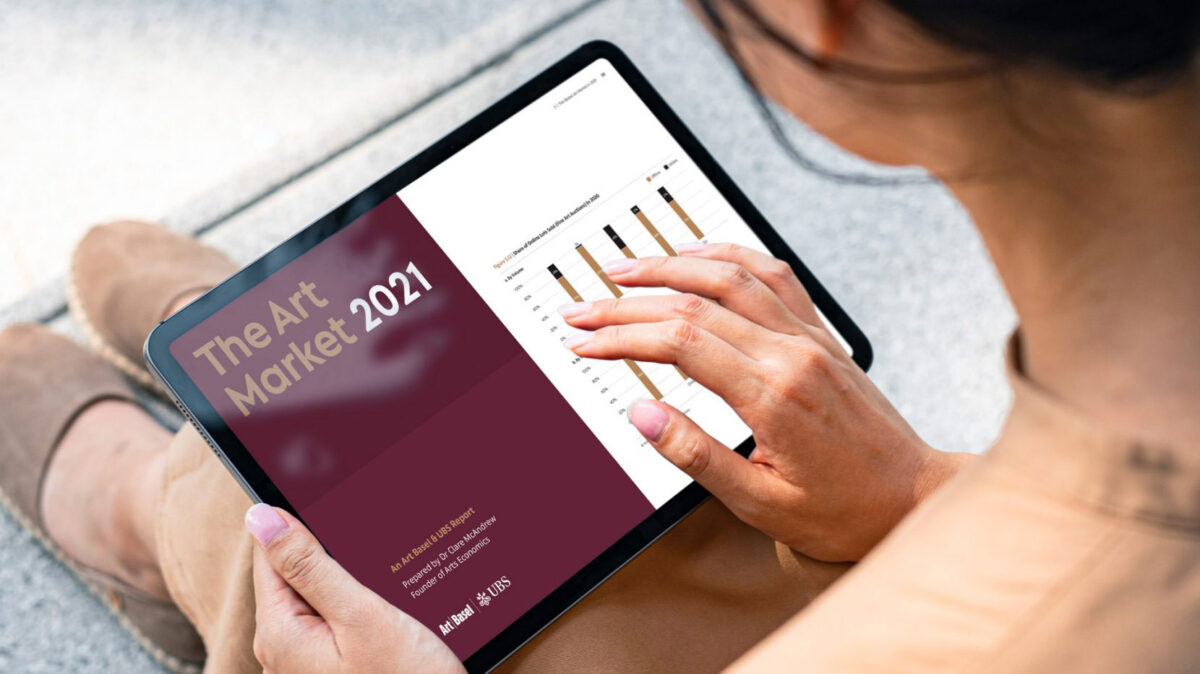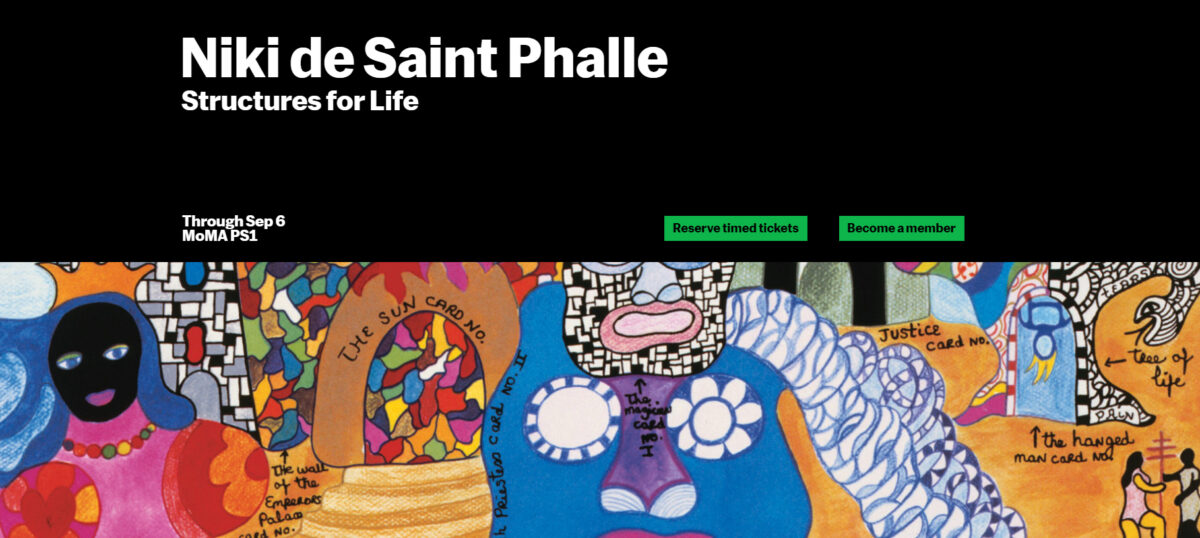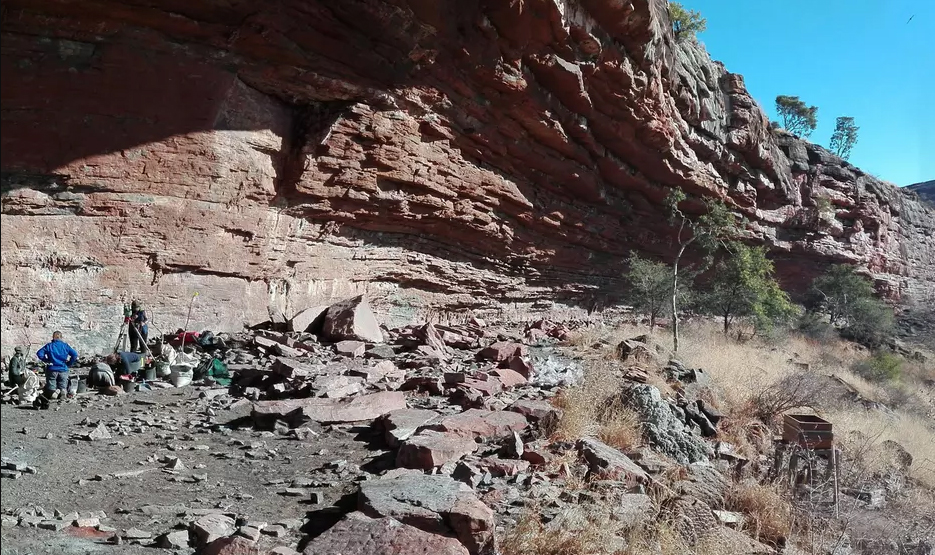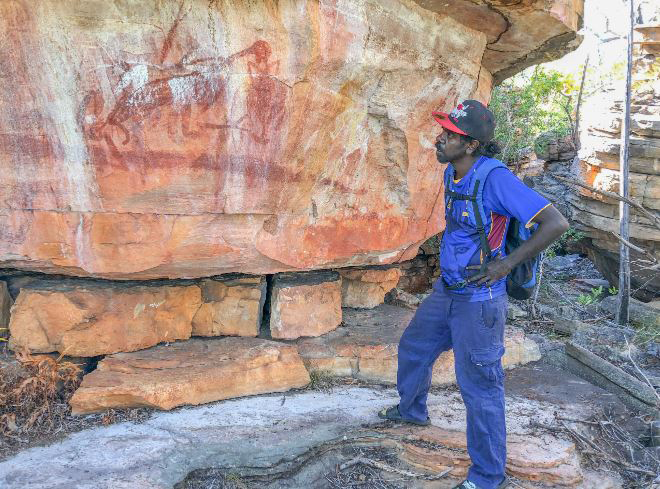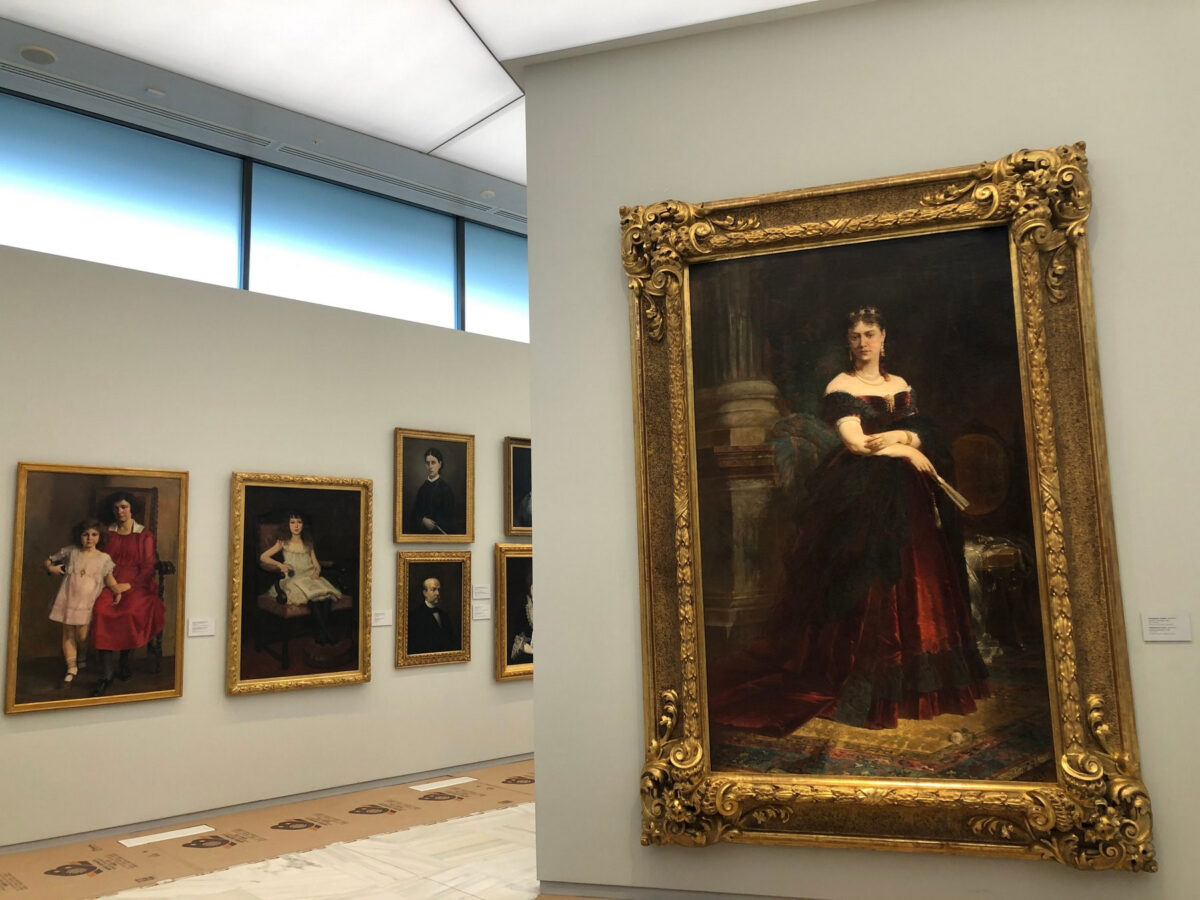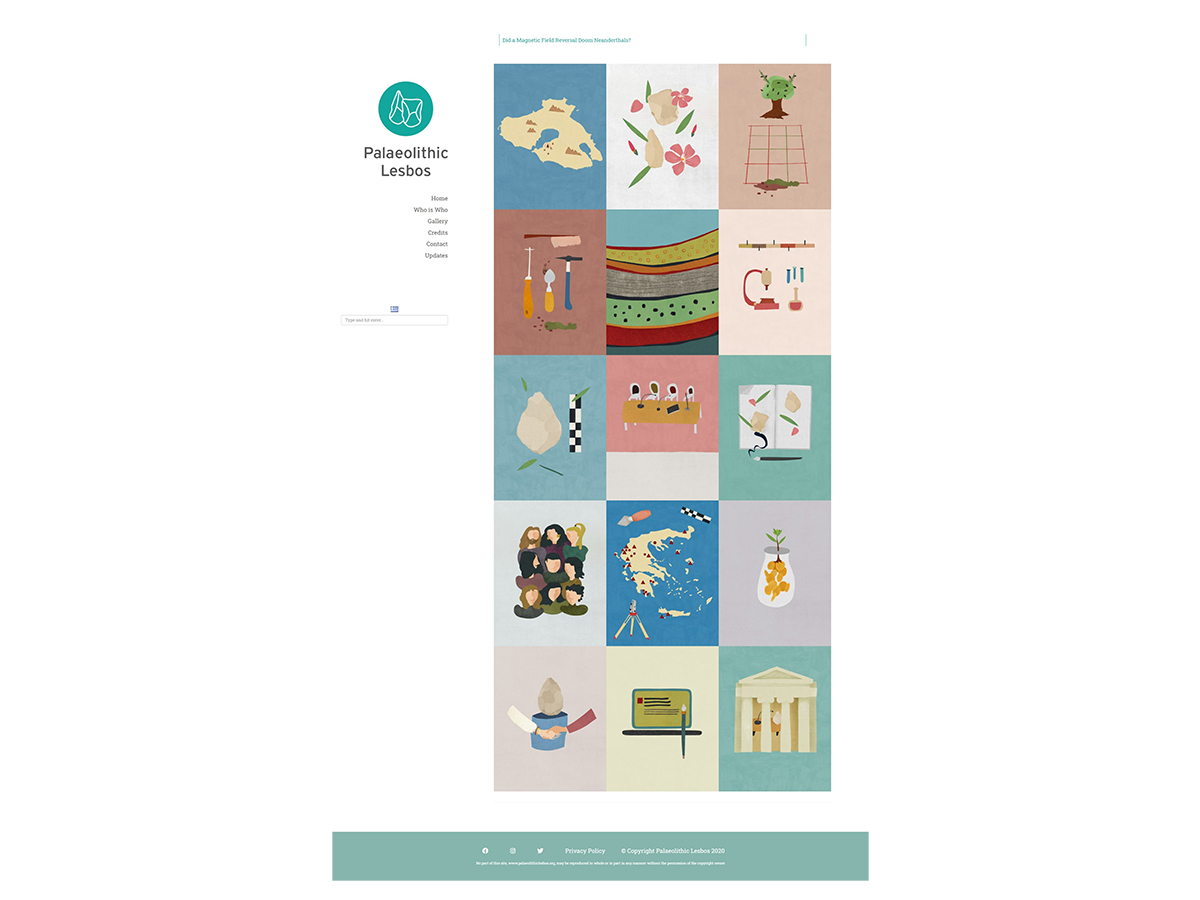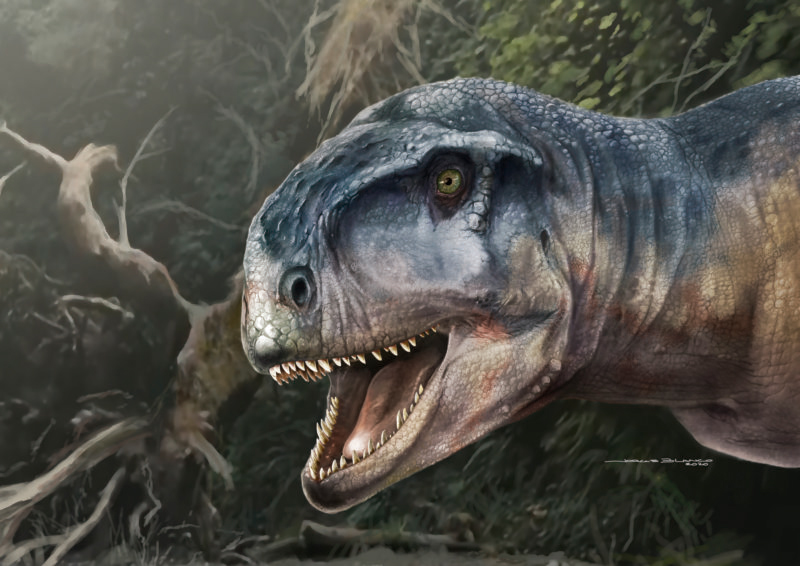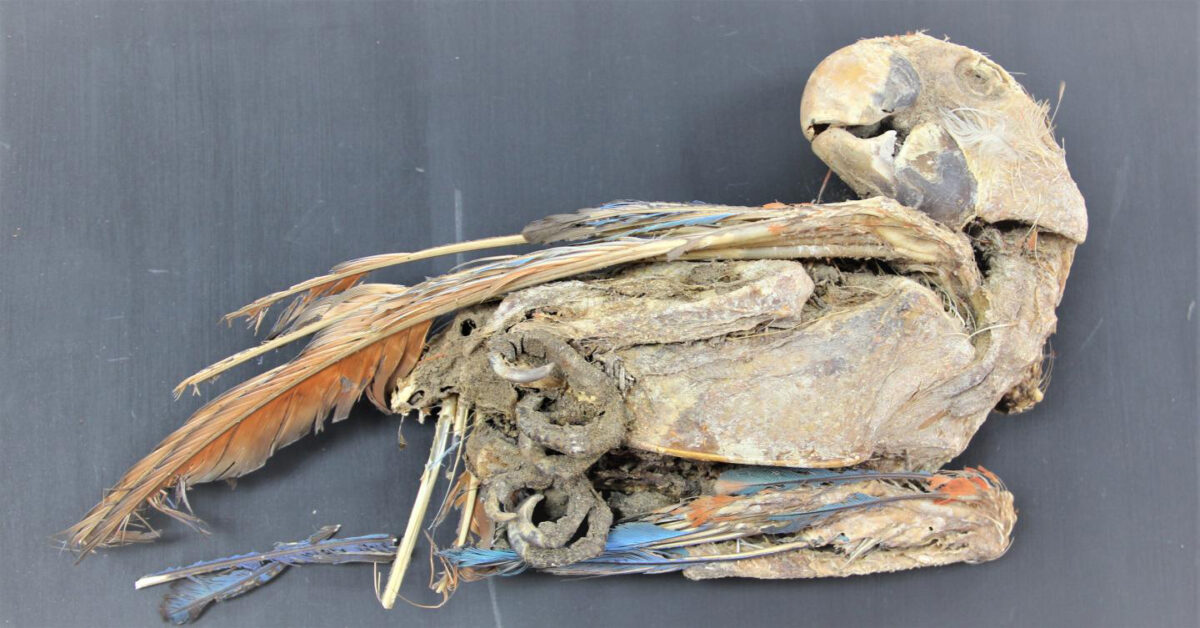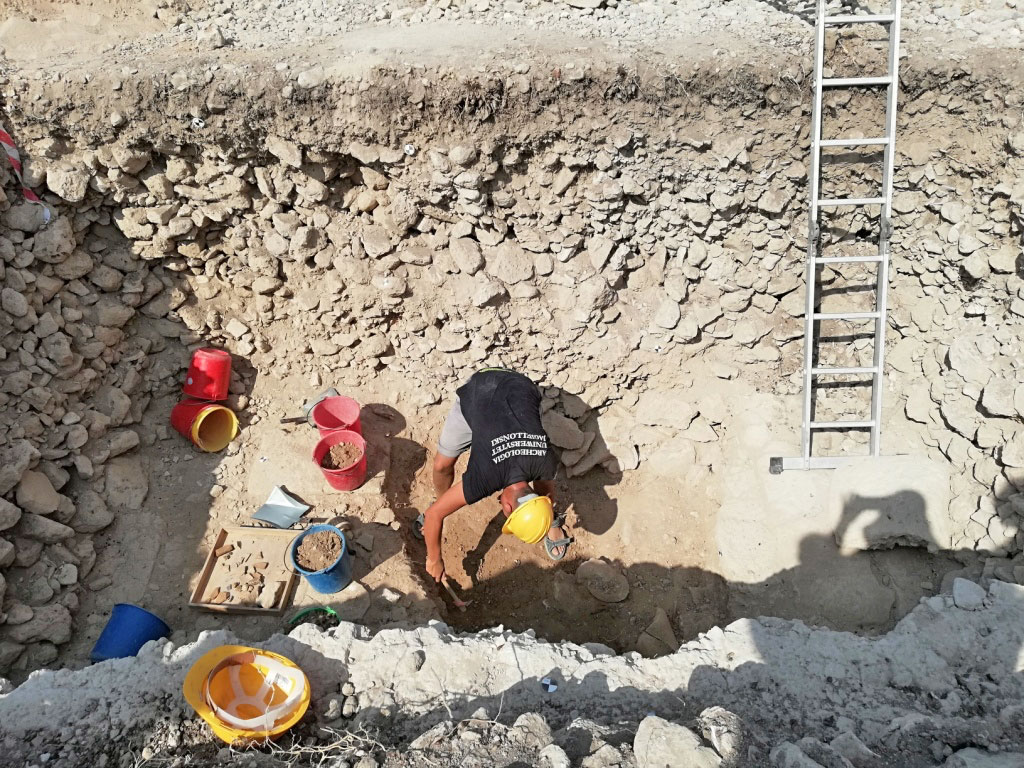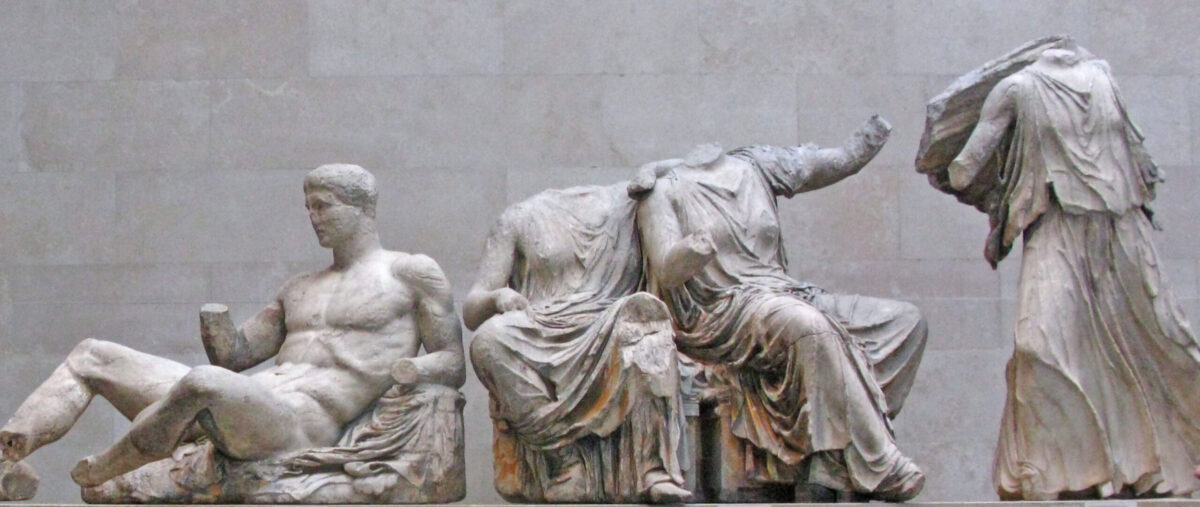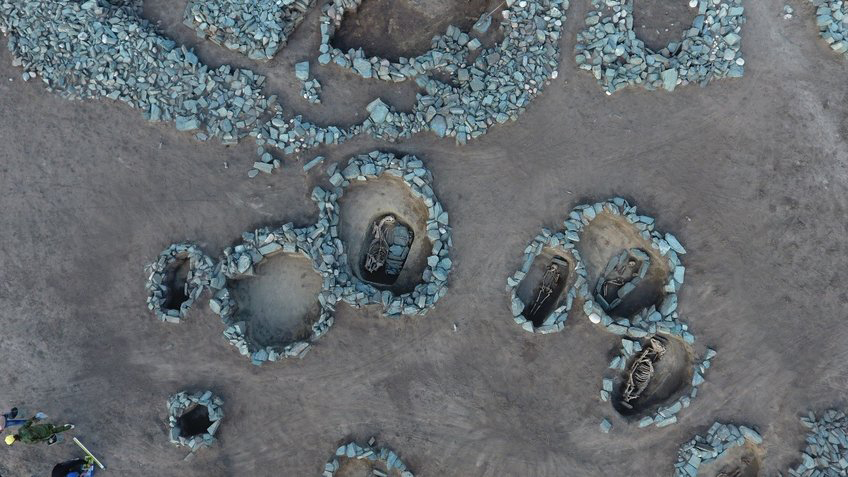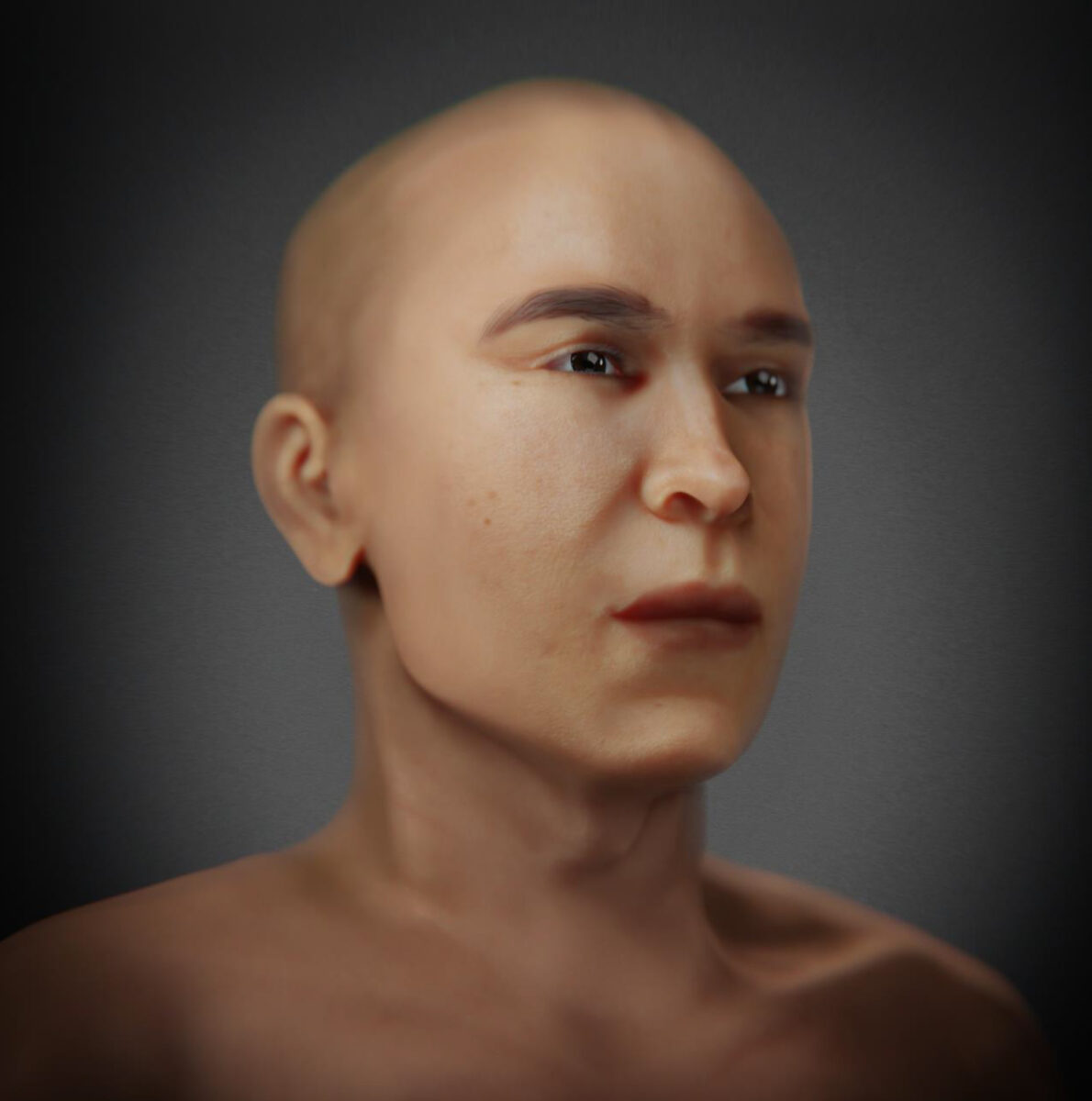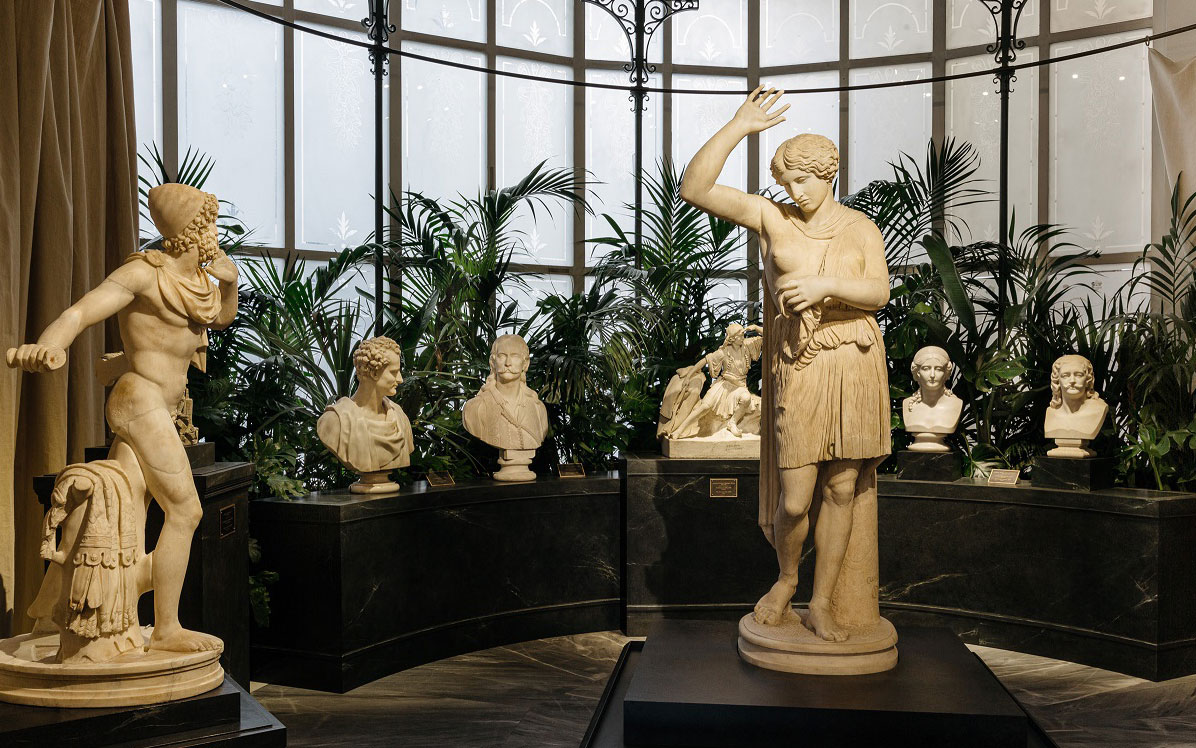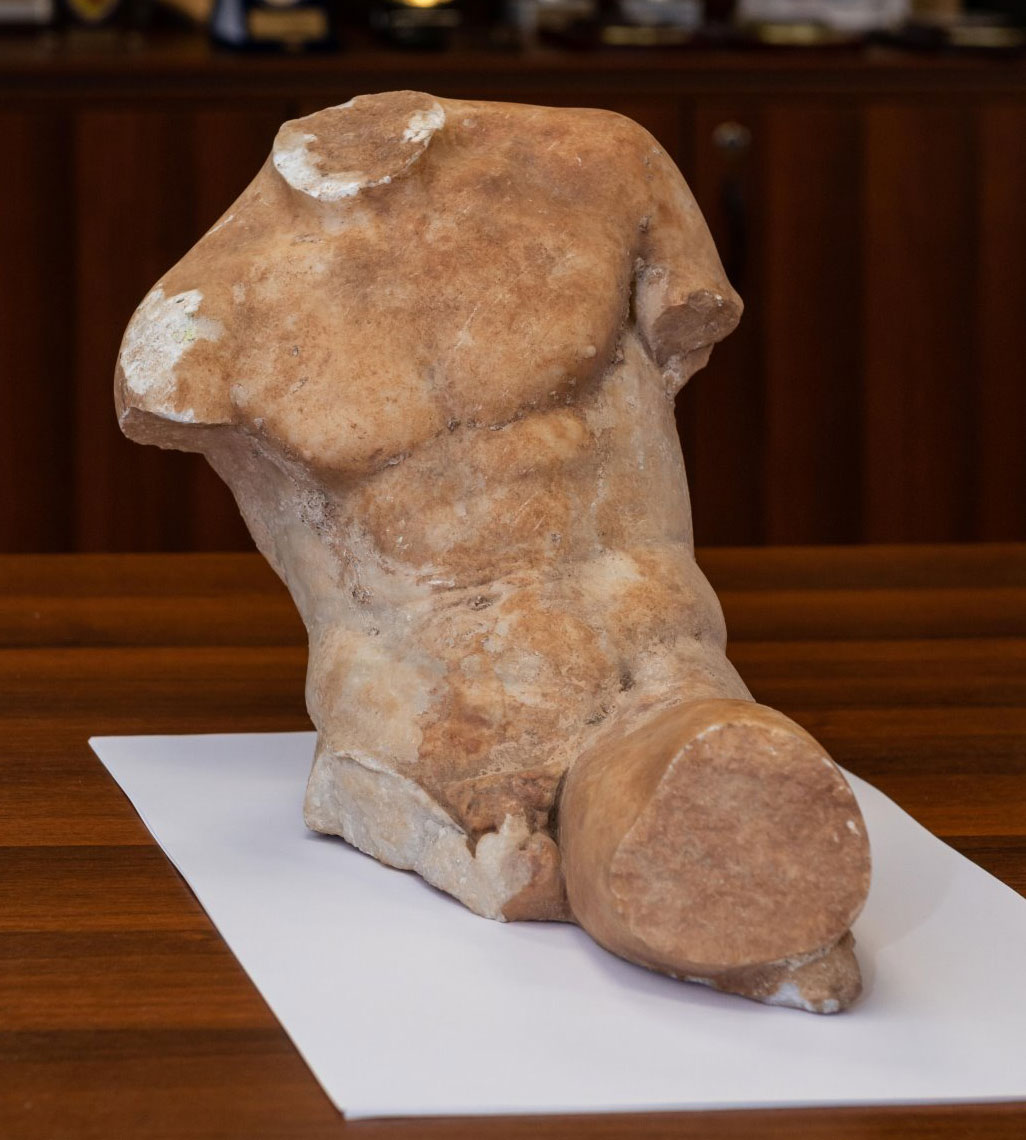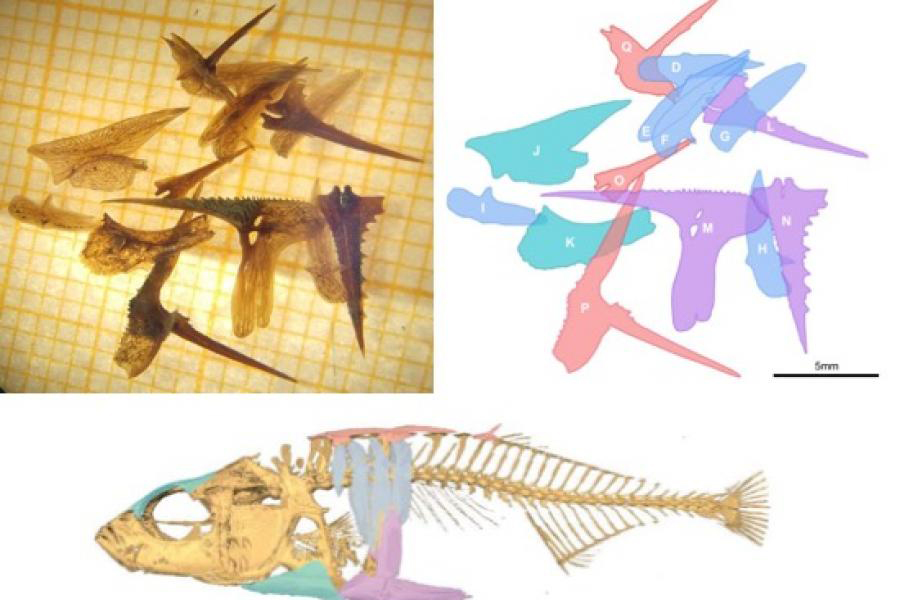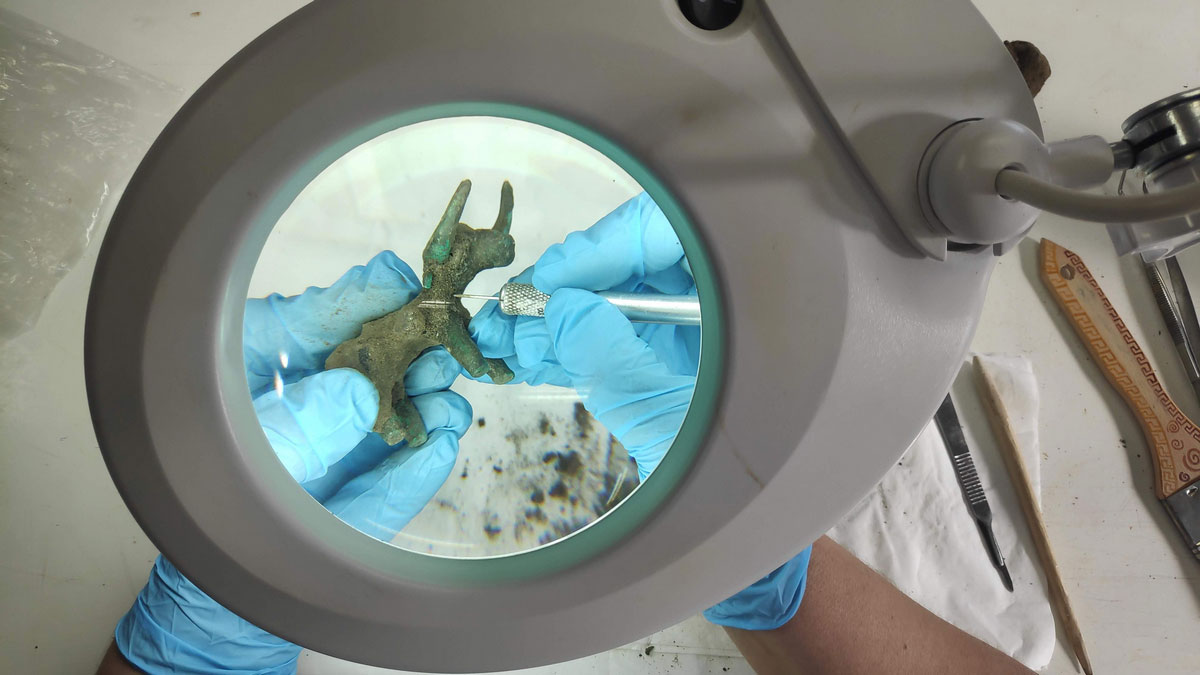The Archaeological Museum of Lemnos has found a home
The mansion of the "Christodoulideios Syssition" Foundation, in Myrina, on the island of Lemnos, to house the Archaeological Museum of Lemnos.
A wounded museum’s cry for help
In order to heal its wounds, the museum has launched a fundraising campaign for the reconstruction.
Recognition of two museums of the PIOP Foundation
They are the Open-Air Water Power Museum in Dimitsana (Peloponnese), and the Museum of Industrial Olive-Oil Production of Lesvos.
NKUA applies modern GIS technology to manage ancient data
NKUA Department of History and Archaeology built ArchaeoCosmos, a large digital repository of curated archaeological data for the Mediterranean area.
Massive pottery production center from Roman Era found in Poland
Archaeologists brought to light a huge pottery production center from the Roman period while conducting fieldwork in Wrzępia, Poland.
Record increase in online sales of art works in 2020
Total online sales managed to reach the impressive record amount of $12.4 billion, doubling their value since 2019.
Analysis of ancient bones reveals Stone Age diet details
Surprisingly, people on the Iberian Peninsula in the Late Gravettian period mostly ate plants and land animals such as rabbits, deer and horses.
Niki de Saint Phalle: Structures for Life
The exhibition features over 200 works created from the mid-1960s until the artist’s death, including sculptures, prints, drawings, jewelry, films, and archival materials.
Picasso – Rodin: two artists, two museums, in a joint exhibition
The Musée Rodin and the Musée national Picasso have teamed up to present the “Picasso - Rodin, une exposition, deux lieux”.
Early Homo sapiens in the Kalahari Desert
Archaeological evidence in a rockshelter at the edge of the Kalahari Desert, South Africa, is challenging the idea that the origins of our species were linked to coastal environments.
When rock art meets machine learning
The study – just published in Australian Archaeology – has tested different styles labelled ‘Northern Running figures’, ‘Dynamic figures’, ‘Post Dynamic figures’ and ‘Simple figures with Boomerangs’ to understand how these styles relate to one another.
The refurbished National Gallery
It will open with the temporary exhibition "1821 in Painting. Greece demands its historical Art Gallery".
Palaeolithic Lesbos
The new bilingual (Greek, English) website of the research programme "Palaeolithic Lesbos" has recently been launched.
New meat-eating predator discovered, and it ruled in the Late Cretaceous
Research published in the peer-reviewed Journal of Vertebrate Paleontology describes a newly discovered species of dinosaur.
Increased Precipitation and the Watery Miracles of Italian Saints
A new study published in the journal Climatic Change examines the cultural impacts of climate change in Italy during the first millennium AD.
Mummified parrots point to trade in the ancient Atacama desert
Parrot mummies reveal that between 1100 and 1450 CE, trade from other areas brought parrots and macaws to oasis communities.
Excavations at Kato Paphos
The first MA-P research campaign was successfully implemented between October 1st and November 1st 2020.
Lina Mendoni’s answer to statement by British Culture Secretary
"The quiver containing the arguments supposed to justify the stay of the Parthenon Sculptures in London has emptied."
Ancient genomes trace the origin and decline of the Scythians
A new study helps illuminate the history of the Scythians with 111 ancient genomes from key Scythian and non-Scythian archaeological cultures of the Central Asian steppe.
The face of Akhenaten?
This facial reconstruction might bring us face to face with one of the most controversial figures in the history of the world.
‘Antiquarianism and Philhellenism. The Thanassis and Marina Martinos Collection’
The selected philhellenic works capture the presence of ancient Hellas through antique motifs.
Statue of the 5th c. BC handed over to the Ministry of Culture
A statue of the 5th century BC, of exceptional art and great archaeological value, was handed over by the Security Directorate of Attica to the Ministry of Culture and Sports. The statue was handed over in a special event by
Ancient Fish DNA Provides A Window Back In Time
The accidental discovery of fossilized three-spine stickleback bones dating back 12 thousand years, has enabled scientist to confirm parallel evolution.
Bronze bull statuette came to light in Olympia
The small, intact statuette was found thanks to the observant archaeologist Zacharoula Leventouri.
